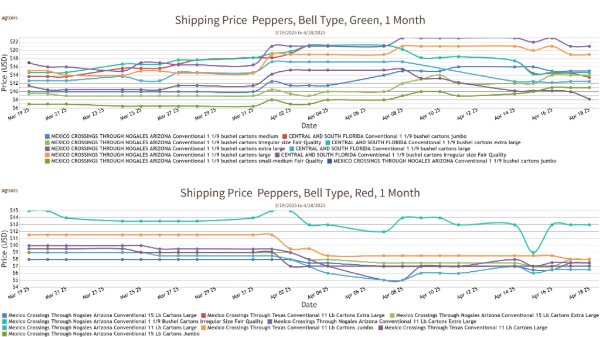Welcome to Blue Book!
Are you ready to join the thousands of companies who rely on Blue Book to drive smarter decisions? View our plans and get started today!
Still have questions? We’d love to show you what Blue Book can do for you. Drop us a line– we’ve been waiting for you.

Eating an underripe pepino dulce delivers a tangy and bitter taste, more like a strong field green. So if it isn’t a cucumber, a melon, or a pear, what exactly is it? It’s actually close kin to the nightshade family, making it a cousin of the tomato—and like a tomato, the seeds aren’t meant to be eaten, because the real treat is in the soft, delicate flesh around them.
The cucumber comparison actually comes from its long, rounded appearance, but to some viewers, the fruit looks more like a squash than a cucumber, as it tapers at one end and is often streaked with beautiful shades of yellow, white, and purple.
Native to South America, the pepino dulce has been popular for a few centuries in Spanish-speaking countries south of the U.S. border, but made little impact in other areas until the 1990s when it became more widely available from growers in Australia and New Zealand. It has since picked up steam in southern California, where a number of distinct cultivars have emerged. Be warned: when overripe, the interior becomes crumbly and mealy (lacking moisture) and will have a soapy aftertaste; but when eaten at the peak of freshness—it’s a fruit of rare and rich flavor.
Spanish limes, quenepas, and limoncillos are all considered superfoods.
TRUE! Well, technically, we fooled you a little on this one—quenepas, limoncillos, and Spanish limes are all different names for the same fruit, as are genip, mamon, and ackee, among others. Whatever you want to call it, though, this small green tree-borne fruit is full of health benefits.
Technically a member of the berry family, the Spanish lime is found everywhere in the Caribbean, and is especially popular in the Dominican Republic, Cuba, and Puerto Rico, where it is so beloved that the city of Ponce holds an annual festival in its honor. It is frequently used in the West Indies as a folk medicine, and is reputed to cure a wide list of ailments. The fruit’s nutritional value includes high amounts of vitamins A and C, fiber, antioxidants, lysine, and tryptophan.
The Spanish lime isn’t a citrus fruit, but rather a drupe; peeling it reveals an egg-like, smooth interior that is eaten whole instead of quartered. It’s an extremely versatile food, and its sweet and tangy flavor can be enjoyed raw, cooked, juiced, or made into jams or jellies.
Plantains are related to – but distinctly different from – common bananas.
TRUE! In the royalty of Puerto Rican cuisine, papayas and plantains are the king and queen. It’s easy to confuse plantains with the immensely popular banana—they look very similar but their color and flavor palettes are quite different. Plantains are usually a bit bigger than bananas, and they stay green (instead of yellow) until they turn black.
Both cultivars of the genus Musa, the banana is sweet while the plantain is savory; the banana is usually eaten raw, while the plantain most often is cooked; and the banana is usually thought of more as a fruit while the plantain gets treated like a vegetable.








